Transitioning the Business Model During a Global Pandemic: A New Normal


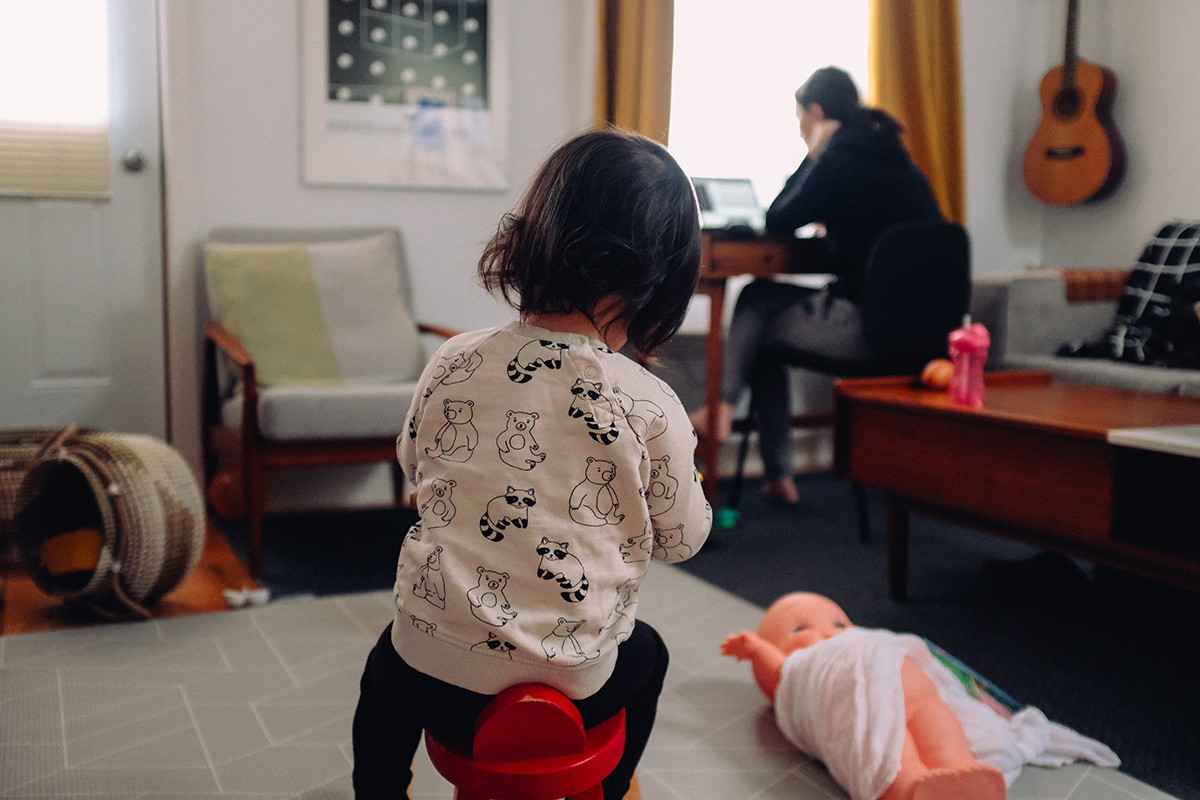
Tackling an unprecedented drastic change in the The Larkin Company’s business model
As we closely monitored the ever-changing, global crisis we explored many options and took a measured, yet proactive approach. There was no time to waste! Very quickly, we decided to execute a fully remote workplace as discussions of ‘shelter in place’ and ‘social distancing’ guidelines were being discussed at state and federal levels. We were preparing for the drastic turn that would soon change our everyday functions.
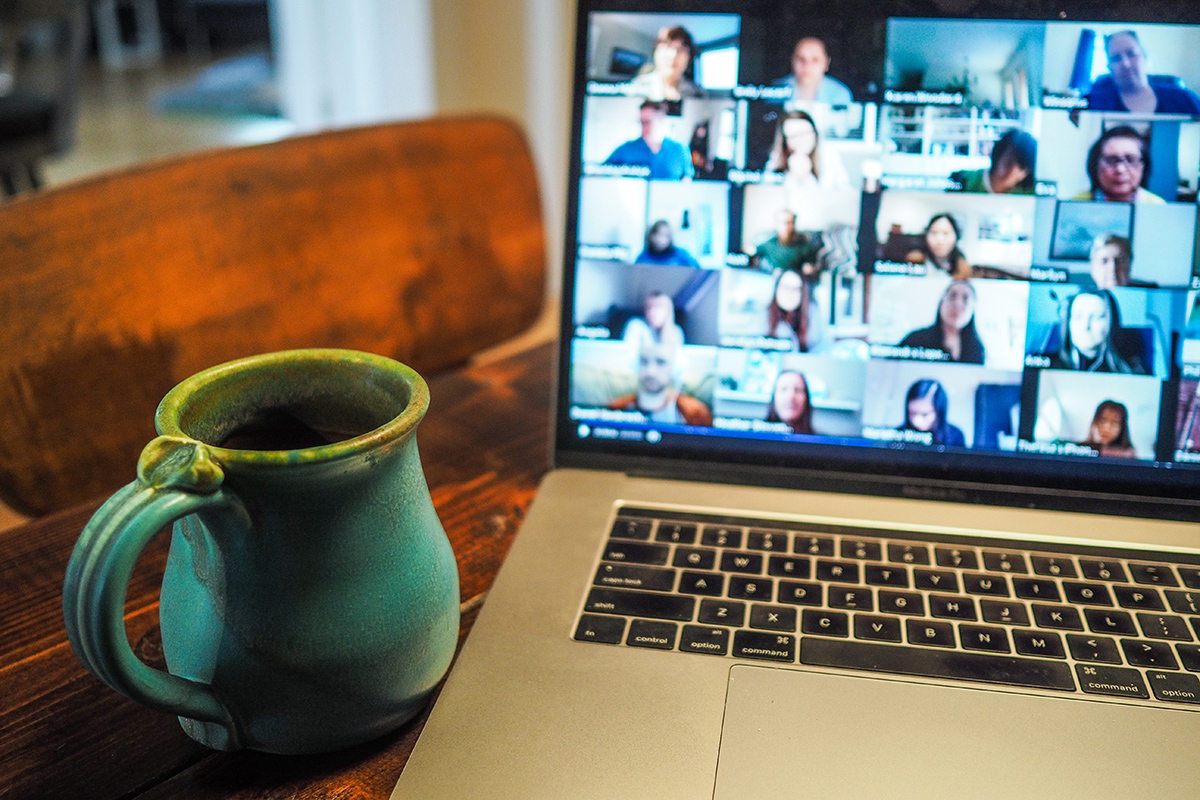

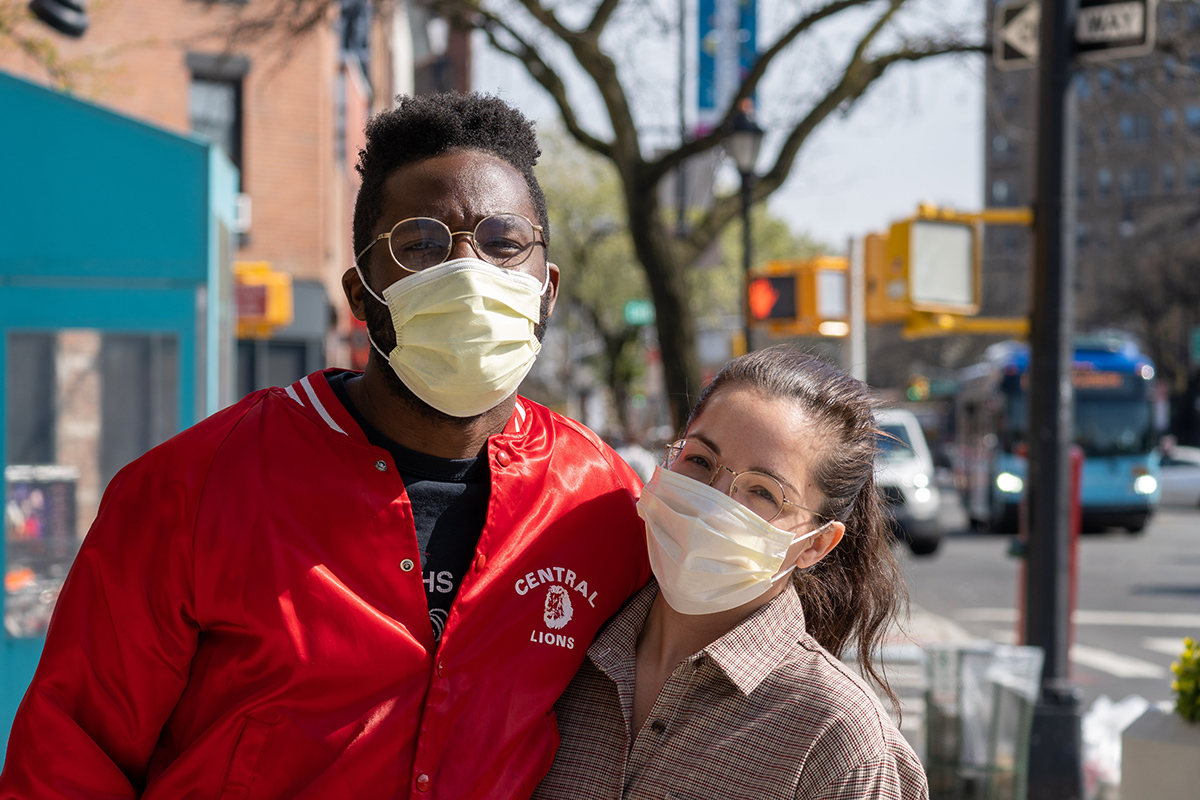
Remaining true to our core values, we aimed to ensure that our clients and their employees felt zero difference in the quality of our service during a global crisis. This meant that our remote workplace had to function at the level of our current in-office workplace.






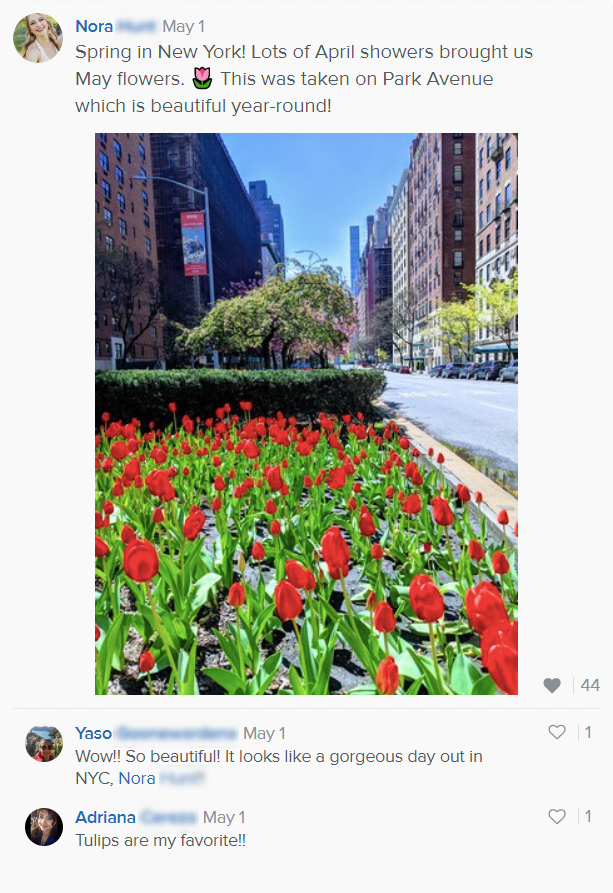

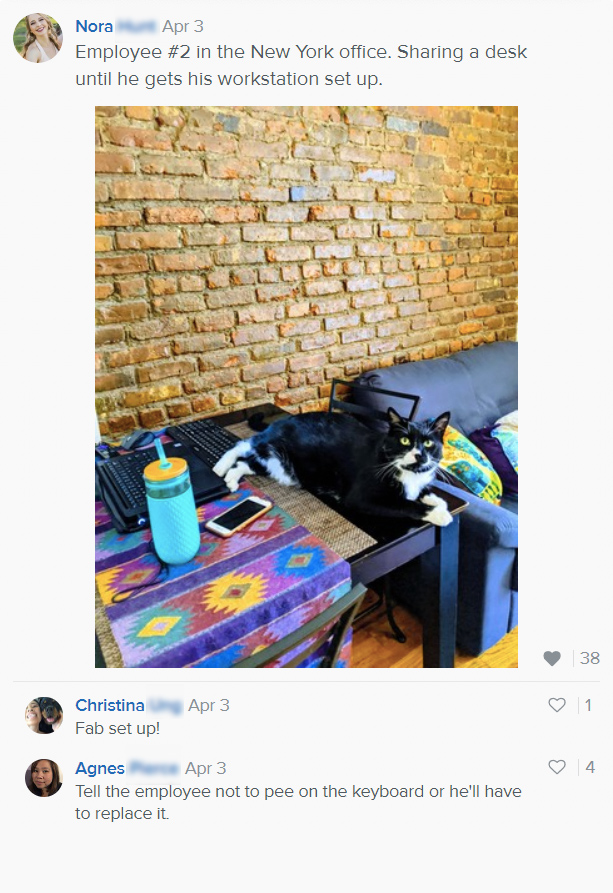
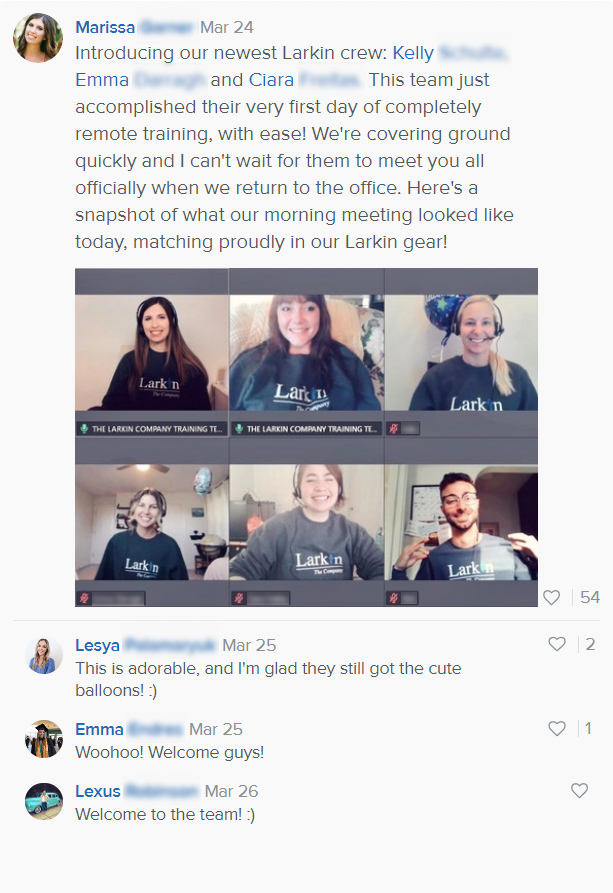

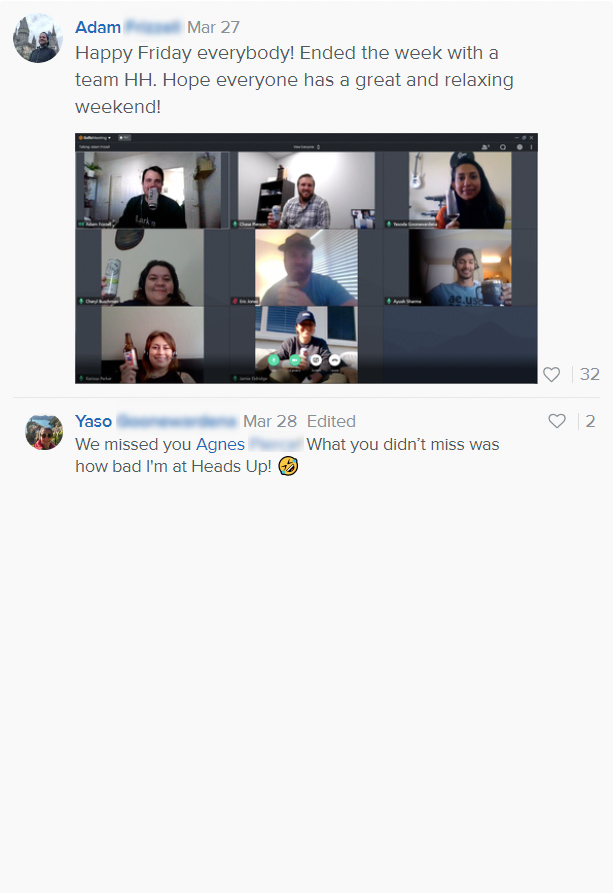

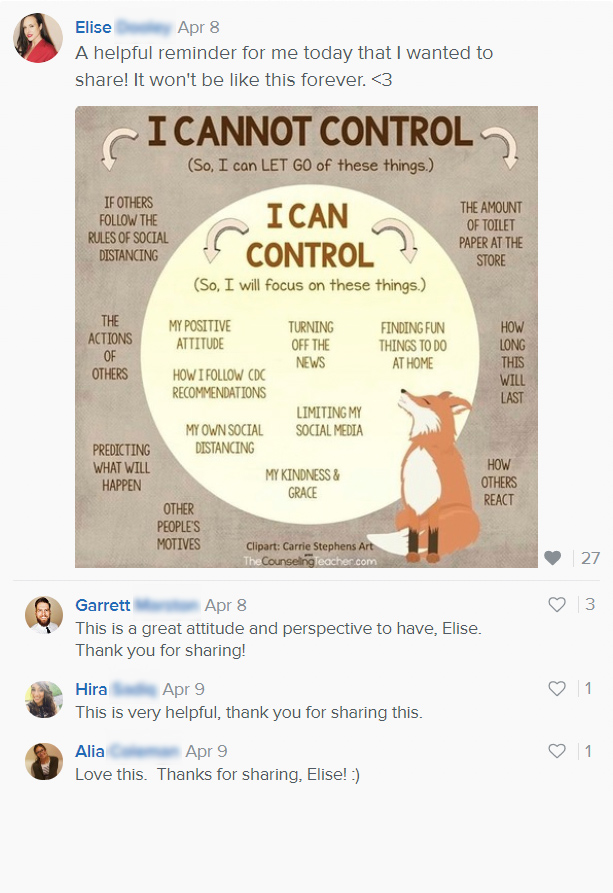
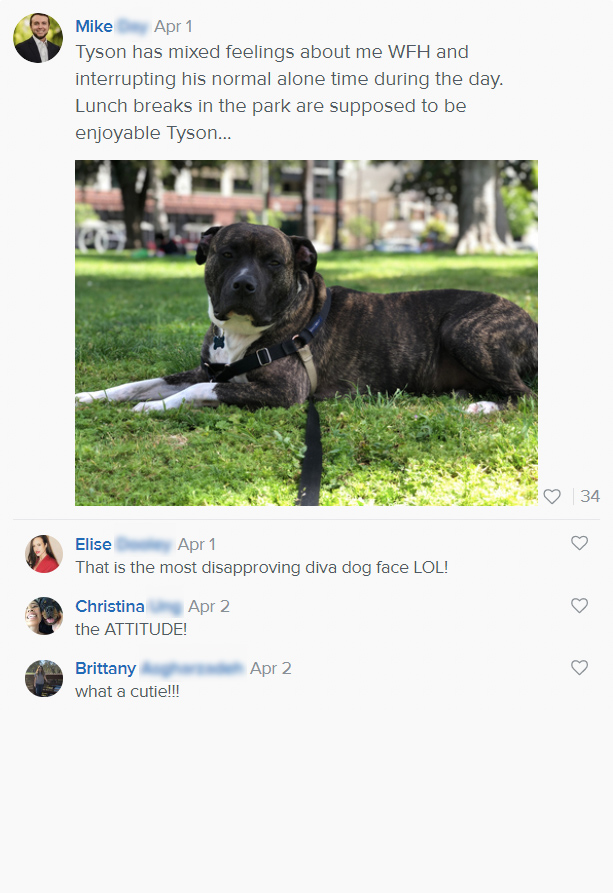
What wasn’t working for us?
But, of course, this huge transition came with its own set of challenges for our employees. Our three biggest challenges are that employees miss seeing their coworkers, have general anxiety about the Covid-19 crisis, and have issues with internet connectivity. Other challenges include limited workspaces at home, too many distractions at home, and there are general technological difficulties. Although these challenges are the nature of remote work, we aim to limit these challenges as much as possible. To provide support in these areas, we have provided more work equipment to ensure our employees have the tools they need to work effectively and comfortably. We also issue frequent software updates, trainings, and have a readily available tech support team to troubleshoot issues as they arise.
- I miss being with my coworkers 80%
- General anxiety about the impact of coronavirus on my life 63%
- Internet connectivity 57%
- Communication with coworkers is more difficult 57%
- My physical workspace is limited 50%
- Too many distractions at home 48%
- The tools and applications we use tend to slow me down 46%
- Very little privacy to do my work at home 37%
- Keeping a regular schedule to support our clients and their employees 36%
- I’m in training and wish I could be with other students and TLC coworkers 36%

%
Number of calls down
%
Leave activity down
%
Overall new leave activity up for 2020
What’s next?
As we discuss what the last year of remote work means to our company, we find ourselves re-exploring our technologies, internal policies and procedures, and client experience guidelines.
Although the future remains undetermined at this time for many companies, we are actively developing our own plan for a return to the office, when it is safe to do so. We are, once again, at the on-going discussion table for another change in our business model. This change will not be a simple reversal of remote work, but a transition into a new normal.